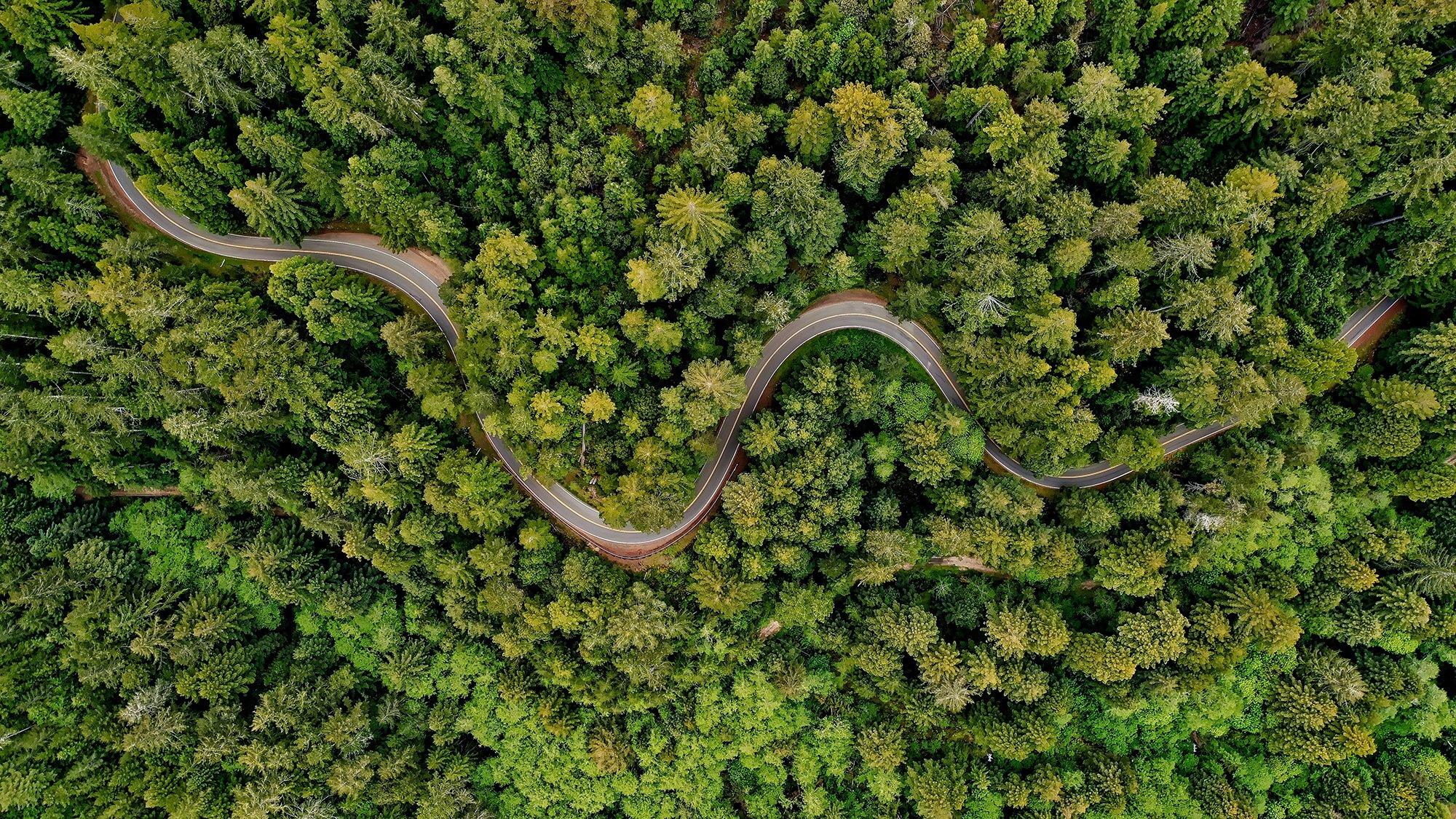
TERRAGRN’s Commercial Operations Deliver Nature Based Solutions

Natural Energy Solutions
Supplying sustainably harvested bamboo for green renewable energy
As climate change and global warming become increasingly urgent, leaders around the globe are exploring new ways to solve the challenge of delivering secure, affordable, and sustainable energy. We need solutions available today—solutions like sustainable bamboo bioenergy. The world’s leading authority on climate science, the Intergovernmental Panel on Climate Change (IPCC), explicitly champions bioenergy as a renewable energy source that is critical to our low-carbon future. The IPCC concludes that sustainable forest management is critical to prevent deforestation and the damaging conversion of forest ecosystems to non-forest uses.
TERRAGRN will quickly become a key African producer of sustainable bamboo biomass, a renewable alternative fuel used to generate power and heat instead of coal.
We plan to produce Green Hydrogen which can be used as a green energy fuel, which captured from biomass gasification is an energy efficient process that cleans up exhaust fumes, and captures hydrogen for industrial use.
Biomass fuels can be used in air and road transportation and for electricity generation and are increasingly in demand as we move away from fossil fuel use and in South Africa alone, TERRAGRN aims to create around 250k tonnes of dry bamboo biomass annually.
Biomass contains stored chemical energy from the sun. Plants produce biomass through photosynthesis
Our bioenergy sources will supply local and international markets.

Food Sources
Agroforests provide stable and diverse food sources and create a range of enterprise opportunities for their local communities.
Agroforestry is a land use management system in which a diversity of trees and shrubs are grown around or among crops or pastureland. It restores the land rather than damaging it which occurs with mono-crop planting.
TERRAGRN’s initial agroforest will be in South Africa, a country where one in ten citizens go hungry every day and malnutrition levels are high. Malnutrition has three simultaneous consequences: undernourishment, micronutrient deficiencies and over-nutrition. South Africa's deteriorating food security has been driven by the COVID-19 pandemic, high food prices, drought, and economic decline.
TERRAGRN’s agroforest seeks to provide stable food sources, enabling the local community to develop, flourish and be resilient to factors that affect food supply chains.
Our agroforestry system, with millions of plants and trees, will provide increased food security and nutrition by restoring soil fertility, crop diversity and resilience to weather shocks for food crops. It will also operate as a multifunctional site use, e.g., crop production and selective parts for animal grazing.
Over the longer term, as TERRAGRN’s operations broaden geographically, continued local food supply will be a priority of every project.
TERRAGRN’s choice of plant varietals will produce a wide range of useful, edible and marketable products from fruits, nuts, honey, cereal crops (eg: rye and wheat), to ingredients for medicines.
Our intentional combination of agriculture and forestry has multiple benefits, such as greatly enhanced yields from staple food crops, enhanced farmer livelihoods from income generation, increased biodiversity, improved soil structure and health, reduced soil erosion, and carbon sequestration.

Materials
Sustainably-grown and harvested bamboo is a fast-growing, renewable raw material that, used in commercial bamboo products – from construction supplies to household wares, reducing the use of toxic composite or chemically manufactured materials such as plastic and MDF
As a material, bamboo provides many opportunities for usage across the Construction, Furniture, Agriculture, Fashion and Household sectors.
Building Material
As a building material, bamboo’s high compressive strength and low weight make it one of the most widely-used building materials. It is used for the construction of scaffolding, bridges and structures, houses and to support other building materials.
TERRAGRN aims to supply 250k tonnes of bamboo each year to supply the Construction, Furniture, and Agriculture sectors locally and internationally. Viable products include
Bamboo poles
Bamboo boards
Engineered Bamboo
Bamboo Products
There are thousands of commercial bamboo products on the market, and new innovative uses and applications are being innovated, marketed and sold daily. Currently, just a few of bamboo’s applications include: -
Activated carbon
Bicycles
Fabrics & textiles
Fencing
Flooring
Food packaging and utensils
Skincare
Medicine & pharmaceuticals
Musical instruments
Paper pulp

Power
Production of power from forest waste for captive use will be a priority and demonstration of our Circular Economy focus.
Once TERRAGRN has fully rolled out the agroforest, we will have access to vast amounts of necromass, from falling leaf litter and harvested sheath of bamboo, and sheaths, and falling leaves and barks from other trees.
TERRAGRN plans to utilise this necromass, otherwise perceived as forest waste, as feedstock to produce biomass-based power using gasification process.
“Our long term plans and commercial model include supporting the desire for natural energy transition and therefore scale supply of biomass to power for both off-grid and on-grid solutions. In addition to supply of bamboo pellets, longer term we are determining solutions that use gasification technology (pyrolysis) to produce biochar as a by-product, in addition to the production of power” says Nagendra Chander, our Biotechnology & Permaculture / Regenerative Farming Expert
TERRAGRN has the potential to generate 1-2 megawatt hours of electricity from forest waste each year, estimated from 2035.
We plan to use the generated power for captive use to manage our forest and processing infrastructure.



